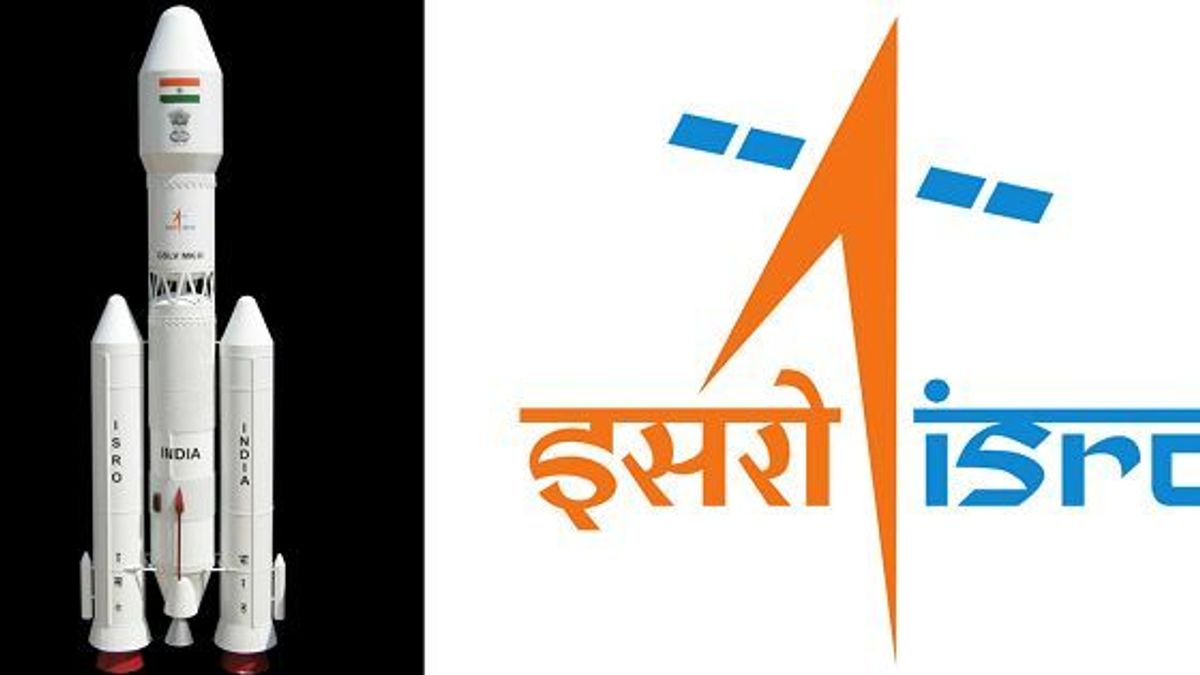
Introduction
On August 23, 2023, India made history by successfully landing the Chandrayaan-3 spacecraft on the Moon’s South Pole. This was India’s third lunar mission, and its first soft landing since Chandrayaan-2 in 2019. The successful landing of Chandrayaan-3 is a major achievement for the Indian Space Research Organization (ISRO) and a significant step forward for India’s space program.

- The Chandrayaan-3 lander is equipped with a variety of scientific instruments, including a camera, a spectrometer, and a magnetometer. These instruments will be used to study the Moon’s surface, atmosphere, and magnetic field.
- The Pragyan rover is equipped with a drill that will be used to collect samples of the lunar soil. These samples will be analyzed by scientists to learn more about the Moon’s history.
- The Chandrayaan-3 mission is a joint project between India and the ESA. The ESA is providing the Lander Camera and the Laser Retroreflector Array.
Chandrayaan-3 Mission Details
| Parameter | Value |
|---|---|
| Launch date | July 14, 2023 |
| Launch site | Satish Dhawan Space Centre, Sriharikota, India |
| Orbiter | Chandrayaan-3 Orbiter |
| Lander | Vikram Lander |
| Rover | Pragyan Rover |
| Landing site | Moon’s South Pole |
| Scientific instruments | Lander Camera, Spectrometer, Magnetometer, Drill |
| Mission duration | 1 year |
| Objectives | Study the Moon’s South Pole, search for water ice, and explore the lunar surface |
The Chandrayaan-3 mission consists of a lander named Vikram and a rover named Pragyan. The lander is responsible for landing the spacecraft on the Moon’s surface, while the rover will explore the lunar surface. The lander and rover are both equipped with a variety of scientific instruments to study the Moon’s surface and atmosphere.
- Scientific instruments:
- Lander Camera: This camera will be used to image the Moon’s surface.
- Spectrometer: This instrument will be used to analyze the composition of the Moon’s surface.
- Magnetometer: This instrument will be used to measure the Moon’s magnetic field.
The Chandrayaan-3 mission was launched on July 14, 2023, from the Satish Dhawan Space Centre in Sriharikota, India. The spacecraft traveled to the Moon for about 48 days, before entering lunar orbit on August 20, 2023. The lander and rover then separated from the orbiter and began their descent to the Moon’s surface.
- Mission timeline:
- July 14, 2023: Chandrayaan-3 launched from Satish Dhawan Space Centre in Sriharikota, India.
- August 20, 2023: Chandrayaan-3 enters lunar orbit.
- August 23, 2023: Vikram lander and Pragyan rover separate from orbiter and begin descent to Moon’s surface.
- August 23, 2023: Vikram lander touches down on Moon’s South Pole.
The lander touched down on the Moon’s South Pole on August 23, 2023, at 6:04 p.m. IST. The landing was successful, and the lander and rover are now exploring the lunar surface.
- Rover:
- Drill: This drill will be used to collect samples of the lunar soil.
The Chandrayaan-3 mission is a major achievement for India’s space program. It is the first time that India has landed a spacecraft on the Moon’s South Pole, and it is the first time that India has sent a rover to the Moon. The mission is also a significant step forward for international cooperation in space exploration. The Chandrayaan-3 mission is a joint project between India and the European Space Agency (ESA).
Chandrayaan- 3 vs. Chandrayaan- 2
| Feature | Chandrayaan 3 | Chandrayaan 2 |
|---|---|---|
| Launch date | July 14, 2023 | July 22, 2019 |
| Launch site | Satish Dhawan Space Centre, Sriharikota, India | Satish Dhawan Space Centre, Sriharikota, India |
| Orbiter | Chandrayaan-3 Orbiter | Chandrayaan-2 Orbiter |
| Lander | Vikram Lander | Vikram Lander |
| Rover | Pragyan Rover | Pragyan Rover |
| Landing site | Moon’s South Pole | Moon’s near side |
| Scientific instruments | Lander Camera, Spectrometer, Magnetometer, Drill | Lander Camera, Spectrometer, Magnetometer, Terrain Mapping Camera (TMC), Moon Mineralogy Mapper (M3), Orbiter High Resolution Camera (OHRC), Orbiter Camera-2 (OC-2) |
| Mission duration | 1 year | 1.5 years |
| Objectives | Study the Moon’s South Pole, search for water ice, and explore the lunar surface | Study the Moon’s surface, including its composition, geology, and history |
| Success | Success | Partial failure |
What they said?

Prime Minister Narendra Modi: “History has been created today! India has successfully landed the Chandrayaan-3 spacecraft on the Moon’s South Pole. This is a great achievement for our scientists and engineers. It is a matter of pride for every Indian.”

United Nations Secretary-General António Guterres: “Congratulations to India on the successful landing of Chandrayaan-3 on the Moon’s South Pole. This is a historic achievement and a testament to the country’s growing space capabilities. I wish India all the best in its future space missions.”

US President Joe Biden: “Congratulations to India on the successful landing of Chandrayaan-3 on the Moon’s South Pole. This is a remarkable achievement and a testament to the hard work and dedication of the Indian people. I look forward to seeing what India accomplishes in the future of space exploration.”
Conclusion
The successful landing of Chandrayaan-3 is a major milestone for India’s space program. It is a testament to the hard work and dedication of the scientists and engineers at ISRO. The mission will help scientists to better understand the Moon and its history. It will also help to pave the way for future missions to the Moon and Mars.
References
- Chandrayaan-3: https://en.wikipedia.org/wiki/Chandrayaan-3
- Indian Space Research Organisation: https://www.isro.gov.in/
- European Space Agency: https://www.esa.int/



